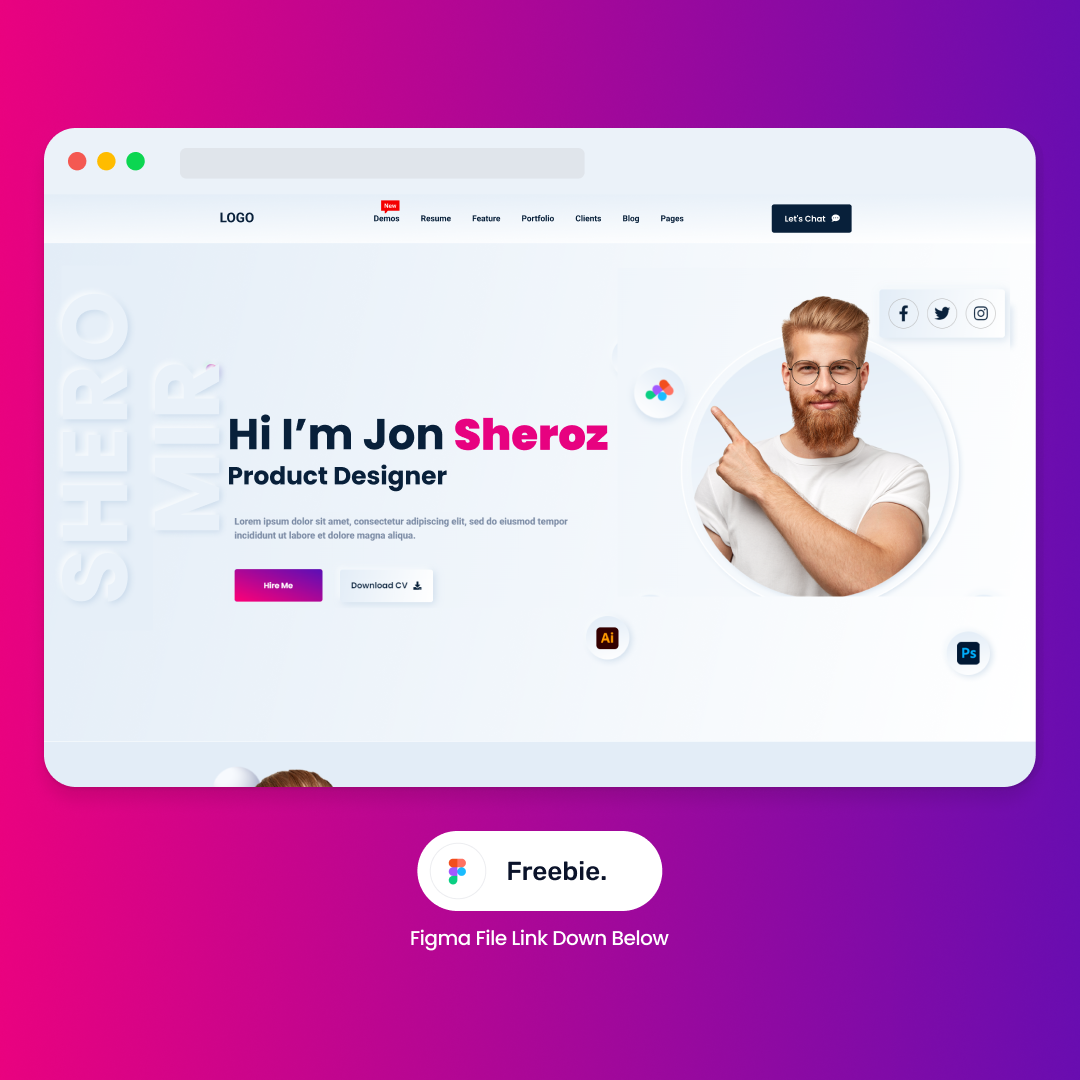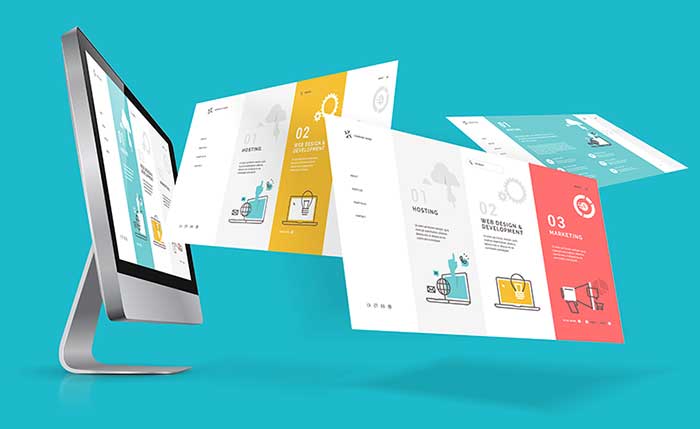How to Improve Your Online Presence with the Right Web Design Solutions
How to Improve Your Online Presence with the Right Web Design Solutions
Blog Article
Comprehending Customer Experience: Secret Principles for Effective Website Design
In the realm of website design, understanding user experience (UX) is extremely important to creating systems that not just draw in yet also maintain customers. Secret principles such as instinctive navigating and efficient feedback devices play essential duties in fostering individual complete satisfaction. In addition, considerations for ease of access make sure that all customers can involve with the web content effortlessly. The subtleties of visual design and the value of repetitive screening commonly remain overlooked. As we check out these fundamental components, it ends up being noticeable that grasping UX is not simply a choice but a necessity for success. What are the ramifications of ignoring these concepts?
Significance of User Experience

In the world of website design, one can not undervalue the value of customer experience (UX) as a crucial aspect that straight influences the success of a web site. A positive UX not just enhances user satisfaction however likewise fosters commitment, encouraging repeat gos to and interactions. When users experience a intuitive and engaging user interface, they are more most likely to discover the web content, convert right into customers, or share their experiences with others. This organic promotion can significantly amplify a brand's reach and presence.
Furthermore, the relevance of UX prolongs past mere visual appeals. It encompasses the overall functionality of an internet site, guaranteeing that navigating is seamless and info is easily obtainable. Web sites that prioritize UX are usually perceived as more trustworthy and reputable, which can have an extensive influence on conversion rates. On the other hand, poor UX can cause aggravation, leading to high bounce prices and shed opportunities.
Ultimately, buying individual experience is not just a design choice; it is a tactical choice that can distinguish a brand name in a jampacked industry. By concentrating on UX, organizations can produce purposeful interactions that resonate with customers, leading the way for continual success in the digital landscape.
Functionality Concepts
Efficient internet style rests on the application of essential functionality concepts that guarantee an internet site is both easy to use and useful. Central to these concepts is the idea of intuitiveness, where customers can navigate the site easily without considerable instruction. Clear navigating frameworks, including well-labeled food selections and consistent formats, boost this user-friendly experience, allowing users to situate information promptly.

Consistency is similarly essential; maintaining uniformity in style aspects, terms, and treatments throughout the site assists to lessen confusion. Individuals ought to not need to relearn exactly how to connect with various areas of the site.
Furthermore, mistake avoidance and recovery are essential for usability. Web sites should be created to lessen the opportunity of customer mistakes, and when mistakes happen, useful and clear error messages need to guide users towards resolution.
Access Factors To Consider
Making sure accessibility in website design is extremely important for producing comprehensive electronic experiences that satisfy all customers, consisting of those with specials needs. Availability factors to consider entail designing websites that fit diverse requirements, enabling customers with aesthetic, auditory, cognitive, or motor impairments to browse and interact successfully.
To achieve this, internet developers must comply with established guidelines, such as the Internet Material Availability Standards (WCAG) These standards supply a structure for making material perceivable, operable, understandable, and robust. Secret methods include ensuring adequate color contrast, offering message options for non-text web content, and making sure key-board navigability.
Additionally, semantic HTML ought to be used to improve screen viewers compatibility, allowing users with aesthetic problems to understand the framework and definition of material with ease. web design. Providing clear, concise guidelines and using straightforward language can further boost use for people with cognitive impairments
Routine availability testing, entailing real users with specials needs, is vital to identify barriers and enhance the individual experience. By focusing on availability, web designers not just abide with lawful requirements yet also foster an even more fair electronic landscape, eventually benefiting every person via improved functionality and involvement.
Visual Style Components
A myriad of aesthetic style elements plays an important function in forming user perceptions and experiences on an internet site. These components include color pattern, his response typography, format, whitespace, and imagery, each adding to the total aesthetic charm and efficiency of a website.

Color design evoke feelings and can influence individual activities; for circumstances, warm colors might develop a sense of necessity, while amazing colors often advertise calmness. Typography, on the various other hand, impacts readability and can develop a brand's character - web design. The selection of font style go and size need to line up with the web site's objectives and target audience
Imagery, consisting of symbols and images, improves narration and can considerably affect individual engagement. Top quality visuals create a feeling of professionalism and trust, while poor-quality images might detract from the individual experience.
Format and whitespace are similarly crucial, as they guide individuals with the content. A well-structured design assists users find info quickly, while adequate whitespace stops clutter, assisting in a more satisfying searching experience.

Examining and Model
Individual screening and version are fundamental elements of a successful web design procedure. Customer testing involves observing how actual users communicate with a site, determining functionality issues, and understanding customer behavior.
Version, on the various other hand, is the procedure of improving the style based on the insights acquired from individual screening. By making step-by-step changes and re-evaluating the design, groups can enhance performance, improve aesthetic appeals, and maximize individual engagement. This cyclical strategy promotes a society of continuous improvement, permitting developers to adjust to individual demands and arising fads efficiently.
Additionally, incorporating both user screening and version into the layout process results in more enlightened decision-making and ultimately leads to a much more user-centered product. By accepting these concepts, internet designers can develop more intuitive, engaging, and effective experiences that reverberate with their target market, inevitably driving higher individual complete satisfaction and retention.
Conclusion
In conclusion, customer experience is a vital part of effective website design, encompassing usability, accessibility, and aesthetic considerations. Sticking to recognized principles improves individual satisfaction and interaction, fostering a much more inclusive on the internet environment. Continuous testing and model work as vital procedures for identifying and dealing with customer pain points, making sure that internet designs continue to be adaptable to evolving demands. By focusing on these aspects, web developers can create interfaces that not just meet customer expectations yet likewise promote long lasting connections.
In the world of web design, comprehending customer experience (UX) is extremely important to creating systems that not only attract yet additionally keep customers.In the realm of web layout, one can not from this source undervalue the relevance of individual experience (UX) as an essential element that directly influences the success of a site. Individual screening includes observing how real customers connect with a site, determining use issues, and recognizing individual behavior.In verdict, individual experience is a vital element of reliable internet style, incorporating usability, ease of access, and aesthetic considerations. Continual testing and model offer as crucial processes for recognizing and resolving user pain points, making certain that internet designs continue to be adaptable to advancing requirements.
Report this page